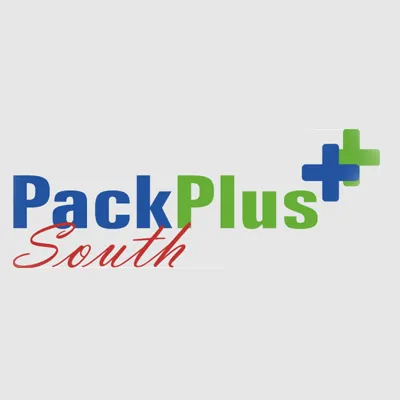
We are working on increasing our lines for different locations, says Mahendra Jain, MD, Bangalore Metro Rail Corporation

Wipro to Drive HanesBrands’ GenAI-led IT 2.0 Transformation
Wipro Limited, a leading AI-powered technology services and consulting company, has signed a multi-year strategic agreement with HanesBrands Inc., a global apparel leader, to accelerate its IT 2.0 transformation. Using the Wipro Intelligence™ WINGS platform, the partnership aims to modernise HanesBrands’ IT infrastructure and cybersecurity operations with an AI-first approach. The collaboration marks a milestone in HanesBrands’ journey to establish a unified, AI-led managed services model. Wipro will deploy its WINGS Operations AI platform—part of the Wipro Intelligence™ suite—to ..

Ramco Named ‘Leader’ in APAC Payroll Matrix for Fourth Year
Global payroll and HR solutions provider Ramco Systems has been recognised as a ‘Leader’ in the Everest Group 2025 Asia-Pacific Multi-Country Payroll (MCP) Solutions PEAK Matrix® Assessment for the fourth consecutive year.This year, Everest Group evaluated 28 MCP service providers based on their market impact, vision, and capabilities. Ramco’s continued leadership stems from its two-decade focus on the Asia-Pacific region, extensive experience in payroll transformation, robust partner ecosystem, and advanced technology capabilities including local language support.Everest Group noted th..

Bondada Engineering Posts 153 per cent Revenue Growth
Bondada Engineering (BEL), a leading solar EPC and infrastructure company, announced strong financial results for the half-year ending September 30, 2025. The company achieved a 153 per cent increase in consolidated revenue and a 151 per cent rise in profit after tax (PAT) compared to the previous period. Consolidated revenue reached Rs 12.16 billion, with an EBITDA of Rs 1.43 billion and PAT of Rs 925 million. The company’s order book stood at Rs 59.9 billion, ensuring continued growth momentum. The Renewable Energy segment contributed 78% (Rs 9.5 billion) to total revenue, followed by T..
















